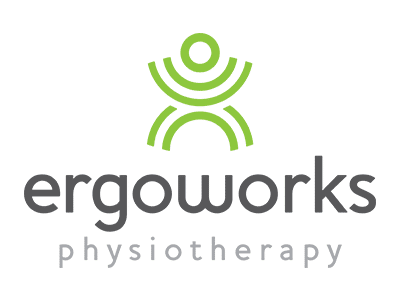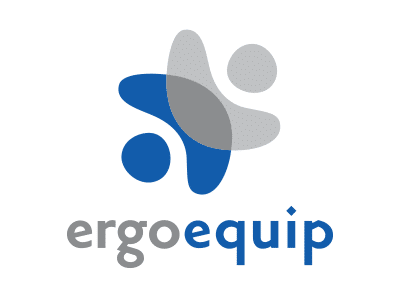Hybrid Working: Definition, Tips and Strategies for Success

In recent times, the landscape of the modern workplace has undergone a transformation, and the term on everyone’s lips is “hybrid working.” As organizations adapt to a new era, finding the right balance between remote work and in-office collaboration has become paramount. This article delves into the essence of hybrid working, offering valuable tips and strategies for a seamless transition, including the importance of an ergonomic workstation assessment and the role of ergonomic consultants in Melbourne.
Defining Hybrid Working:
Hybrid working refers to a flexible work arrangement that combines both remote work and in-office presence. It acknowledges that employees can effectively contribute to their roles from different physical locations, leveraging technology to remain connected and productive. This approach aims to offer individuals the freedom to optimize their work environment while fostering face-to-face interactions for team bonding and innovation.
Tips for a Successful Hybrid Work Experience:
Clear Communication:
Effective communication lies at the heart of hybrid working. Employers should establish transparent channels for updates, meetings, and project collaborations. Utilizing messaging platforms, video conferencing, and regular check-ins ensures that remote employees remain aligned with their in-office counterparts.
Set Expectations:
Define clear expectations for both remote and in-office work. Establish guidelines for availability, response times, and project deadlines to avoid misunderstandings and ensure a harmonious workflow.
Ergonomic Workstation Assessment:
An essential aspect often overlooked is the design of the remote workspace. Remote employees should conduct an ergonomic workstation assessment to ensure their setup promotes comfort and productivity. This involves selecting the right chair, adjusting monitor height, and maintaining proper posture.
Ergonomic Consultants:
For businesses across Australia including Melbourne, Sydney and Brisbane, seeking expert guidance on creating ergonomic home offices, ergonomic consultants can provide tailored solutions. These consultants specialize in optimizing work environments to enhance employee well-being and productivity, thus contributing to the success of the hybrid work model.
Strategies for a Smooth Transition:
- Flexibility:
Hybrid working is synonymous with flexibility. Employers should adopt policies that allow employees to choose where they work, based on the nature of their tasks and personal circumstances. This balance empowers individuals to manage their work-life integration effectively.
- Technology Investment:
Invest in robust digital tools that facilitate collaboration, knowledge sharing, and remote access to work resources. Seamless integration of technology bridges the gap between remote and in-office teams.
- Outcome-Oriented Approach:
Rather than focusing solely on hours worked, evaluate employees based on their contributions and outcomes. This cultivates a results-driven culture and ensures that remote workers are valued for their accomplishments.
- Regular In-Person Interactions:
While hybrid working emphasizes remote collaboration, periodic in-person meetings remain crucial. Organize team-building activities, brainstorming sessions, and strategic discussions to nurture relationships and innovation.
Hybrid working is reshaping the modern workplace, offering a flexible paradigm that blends remote work with in-office engagement. Adhering to effective communication, setting expectations, conducting ergonomic workstation assessments, and seeking guidance from ergonomic consultants will contribute to a successful transition. By embracing this new way of work, organizations can harness the best of both worlds, empowering employees and driving productivity to new heights.


